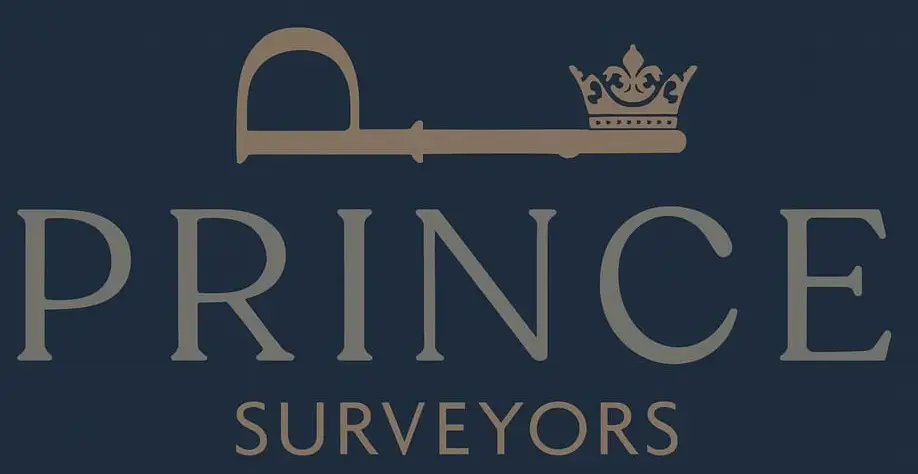A house survey is a professional inspection of a property’s condition and identifies any potential buyer issues. It’s completed by a surveyor who visits the property, carries out an assessment, and prepares a report outlining any problems they’ve found.
It’s an excellent way to avoid unexpected repair costs. Getting a survey for a house or flat will give you an idea of just how much extra you might need to invest in a property after you buy it.
Types of House Surveys
So, what different categories of surveys are available, and what one is right for you?
There are four basic kinds of house surveys:
- Condition Report
- HomeBuyer Report
- Building Survey
- New-Build Snagging Survey
There are 3 central accrediting bodies for surveyors. You should check that your surveyor is a member of either:
-
- Royal Institution of Chartered Surveyors (RICS): requires members to update their knowledge and competence during their working life through Continuing Professional Development
- Chartered Institute of Building (CIOB): a body that represents construction management professionals who work within the built environment.
- Residential Property Surveyors Association (Sava or RPSA): offering different surveys, including the Sava Home Condition Survey, a level-two report (similar to the RICS Homebuyer Report)
Which works best for homeowners, property landlords, or building contractors?
Let’s break them down.
Condition Report
The RICS Condition Report describes the property’s condition, identifies any risks and potential legal issues, and highlights any urgent defects. No advice or valuation is provided in this survey.
A Condition Report is an elementary ‘traffic light’ survey and the cheapest, costing around £250.
This is the most basic type of survey. It gives an overview of the property’s condition and highlights significant issues, but doesn’t detail them.
This type of survey is suitable if you’re looking to buy a standard, modern property that’s in good condition and only requires simple confirmation that everything looks okay.
You’ll be able to find out if any severe defects need to be fixed immediately or if anything that might affect the safety of the property.
HomeBuyer Report
A HomeBuyer Report is a survey suitable for conventional properties in reasonable condition. Costs start at £400 on average.
This will help you find out if there are any structural problems, such as subsidence or dampness, and any other unwelcome hidden issues inside and outside.
The HomeBuyer Report doesn’t look beyond the floorboards or behind the walls.
Some homebuyers’ reports include a property valuation, so you might be able to revise your offer if the survey reveals a lower price than the mortgage lender’s valuation.
If there’s no valuation included, you could use the report’s suggestions for repairs to renegotiate the price.
For example, if it’s going to cost you £5,000 to carry out work on the property’s damp walls, it’s reasonable to offer £5,000 less than the asking price.
This the most popular type of survey and the standard choice for most properties in reasonable condition.
A Homebuyer Report looks at everything that would be covered in a Condition Report, but with added extras.
The survey can take around two to four hours to complete. A Homebuyer Report lists any problems that might affect the property’s value and the surveyor’s advice on repairs and ongoing maintenance.
It should also point out anything that doesn’t meet current building regulations.
The inspection is non-intrusive, meaning the surveyor won’t look behind furniture or under floorboards, so they’ll only be able to identify ‘surface-level’ issues.
A Homebuyer Report can also include how much it would cost to completely rebuild the property if it was destroyed and couldn’t be repaired.
Building Survey
The Building Survey provides the highest level of in-depth inspection as a HomeBuyer Report but permits us to include illustrations to ensure that you can quickly identify all issues with better understanding.
A detailed report provides you with an in-depth analysis of the property’s condition, highlighting a range of issues, including advice on defects, repairs, and maintenance options.
Although a valuation is not included, we feel that valuations should always be carried out separately for more accurate representation.
Included with the RICS Building Survey are advice sheets on dealing with some of the more common problems discovered at the property (diagnosis), including an outline of repair options and the consequences of not dealing with any potential issues highlighted within the report (prognosis).
The typical cost is around £400-£500.
Also known as a Full Structural Survey, this is the most thorough survey you can get.
It provides a comprehensive analysis of both the property’s structure and condition.
A level-three survey is a good option if you’re buying a property that’s larger or older, of unusual design, or in poor condition. You can check out our blog on 11 Common Defects in Older Homes here.
Many of our clients opt for this survey even for new builds, because newer properties can have even more significant problems than retrofit if the developer decided to cut corners.
It can also be a worthwhile report to go for if you’re planning to do significant work or have serious concerns about a property.
It’s usually only undertaken in houses but can be done in flats. The surveyor will be ‘hands-on’ and do things like check the attic and look under lifting floorboards if permitted by the building owner.
The report will list any defects and advise on repairs and maintenance. You can also ask the surveyor to add projected costs and timings for any repair work recommended in the report.
New-Build Snagging Survey
A snagging survey identifies (very minor) defects with a new-build home, usually cosmetic in nature. It is often carried out when a project reaches practical completion.
The report can be given to your developer before you move into the property so you can get any issues sorted as quickly as possible under your developer warranty.
Costs typically start from £300 depending on the size of the property.
Developers should fix the faults highlighted before you move in.
Final Word
Property surveys are optional, but they can help you avoid expensive and unwanted surprises, like an unexpected rewiring job, as well as give you peace of mind by telling you that those hairline cracks don’t mean the house is falling down. You can read more on the benefits of house surveys.
When you’re already spending a lot of money buying a house or flat, a survey can feel like an unnecessary expense, but it’s far better to be absolutely sure of any problems before you buy a property.
That way, you can make an informed decision about how much you’re willing to pay for it and, if necessary, budget for any repair work that needs doing.
According to one insurance company, 13 million new homeowners needed unexpected (mostly expensive) building work since moving in. Many did not realise a mortgage valuation is insufficient.
Hence, 91% of UK buyers are wise enough to seek independent advice (from a Chartered Surveyor or other accredited/qualified surveyor, who operates throughout the UK from Essex to the West Midlands to Manchester!) before buying a property. Be in the know about what you are purchasing… even if new build.
You may also be able to use the information in the survey to negotiate with the seller! Learn more about Building Survey Services to see how we can help you. Contact us for FREE advice or to ask any questions you may have.

